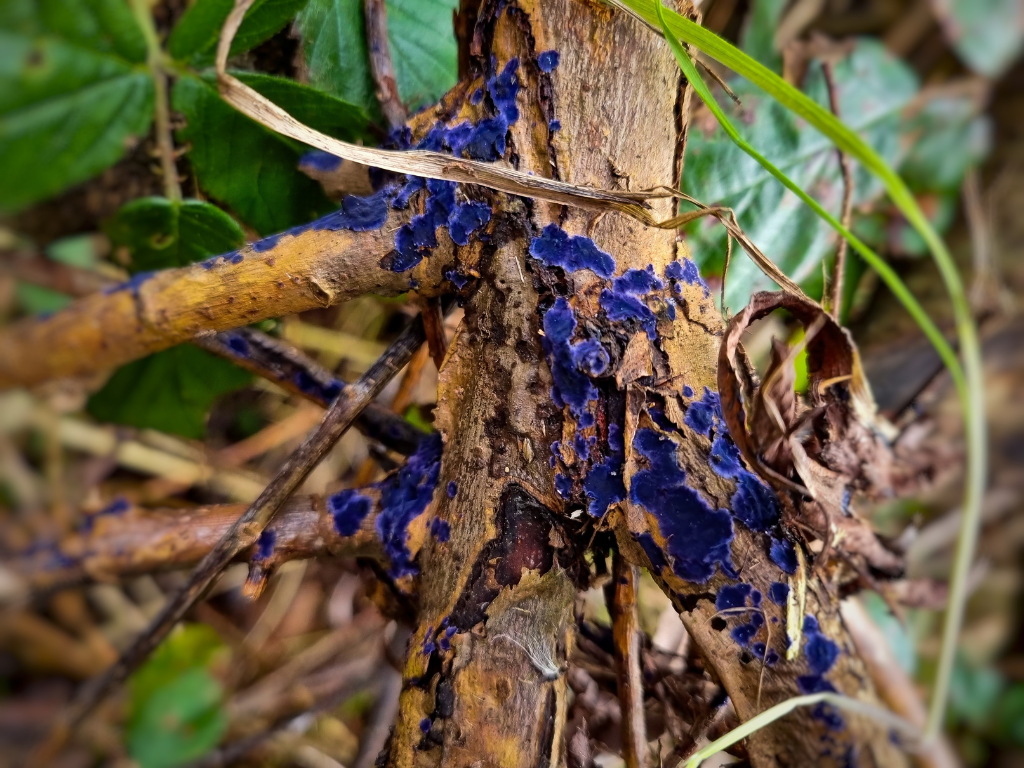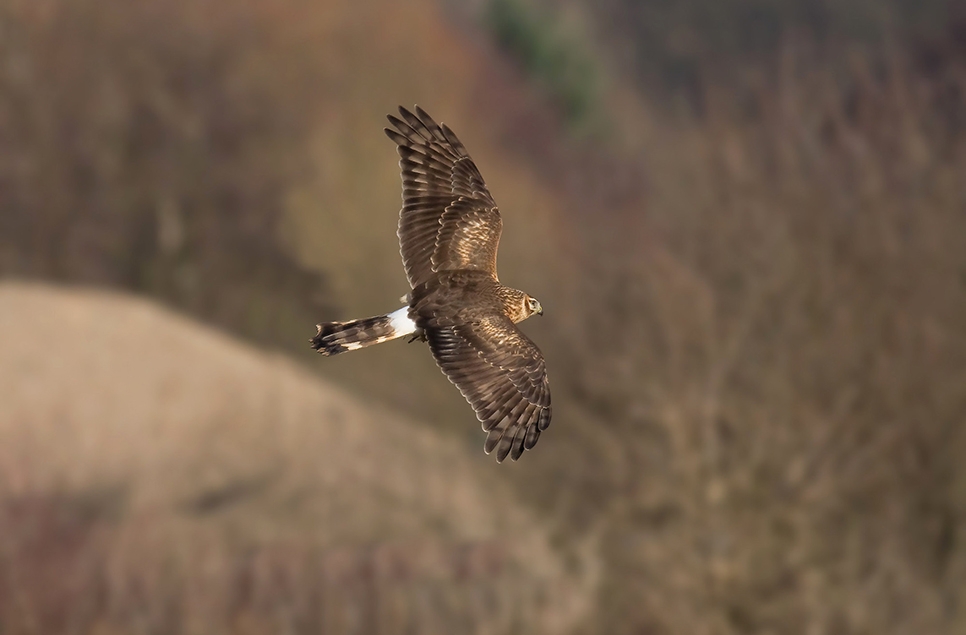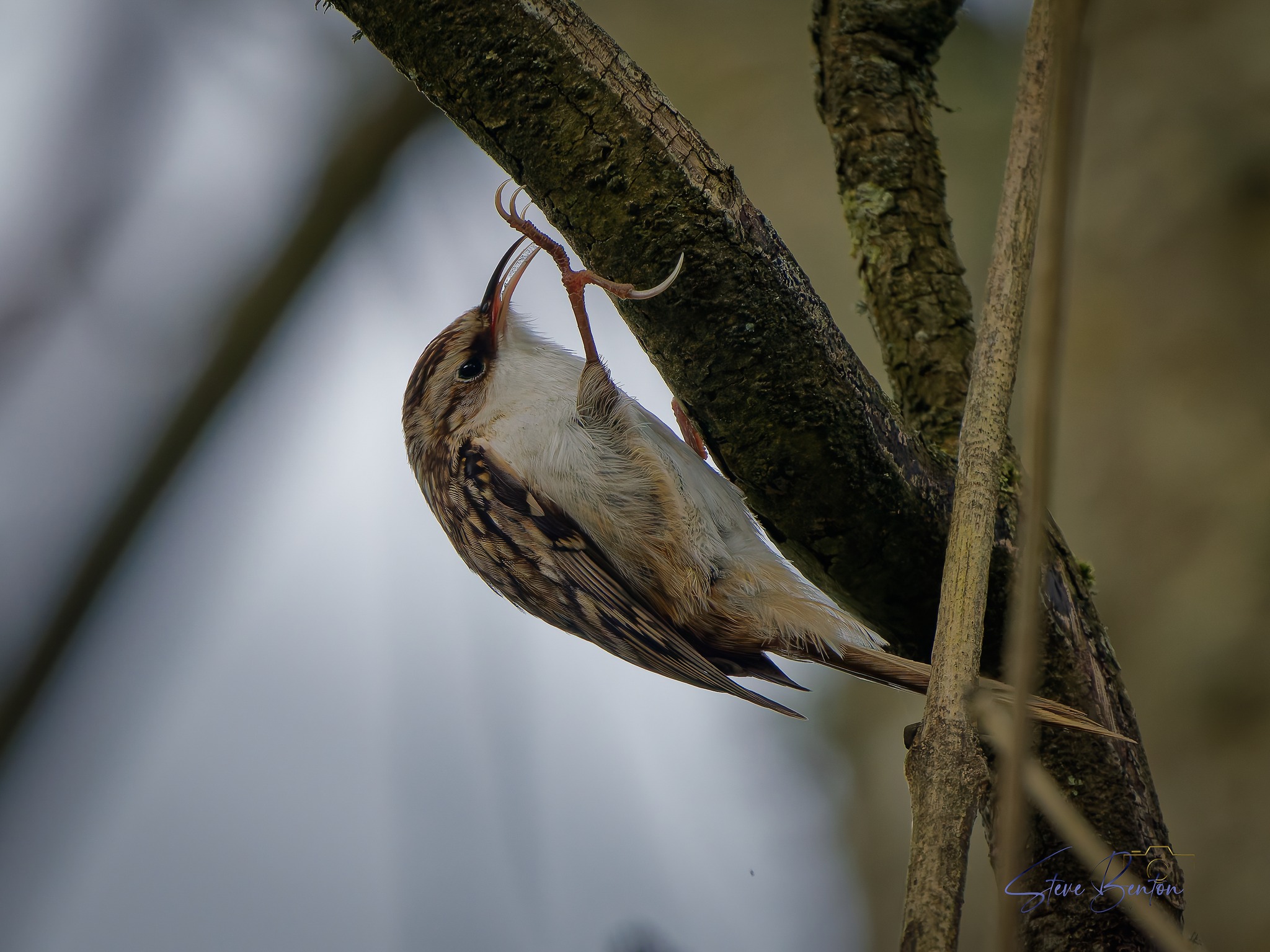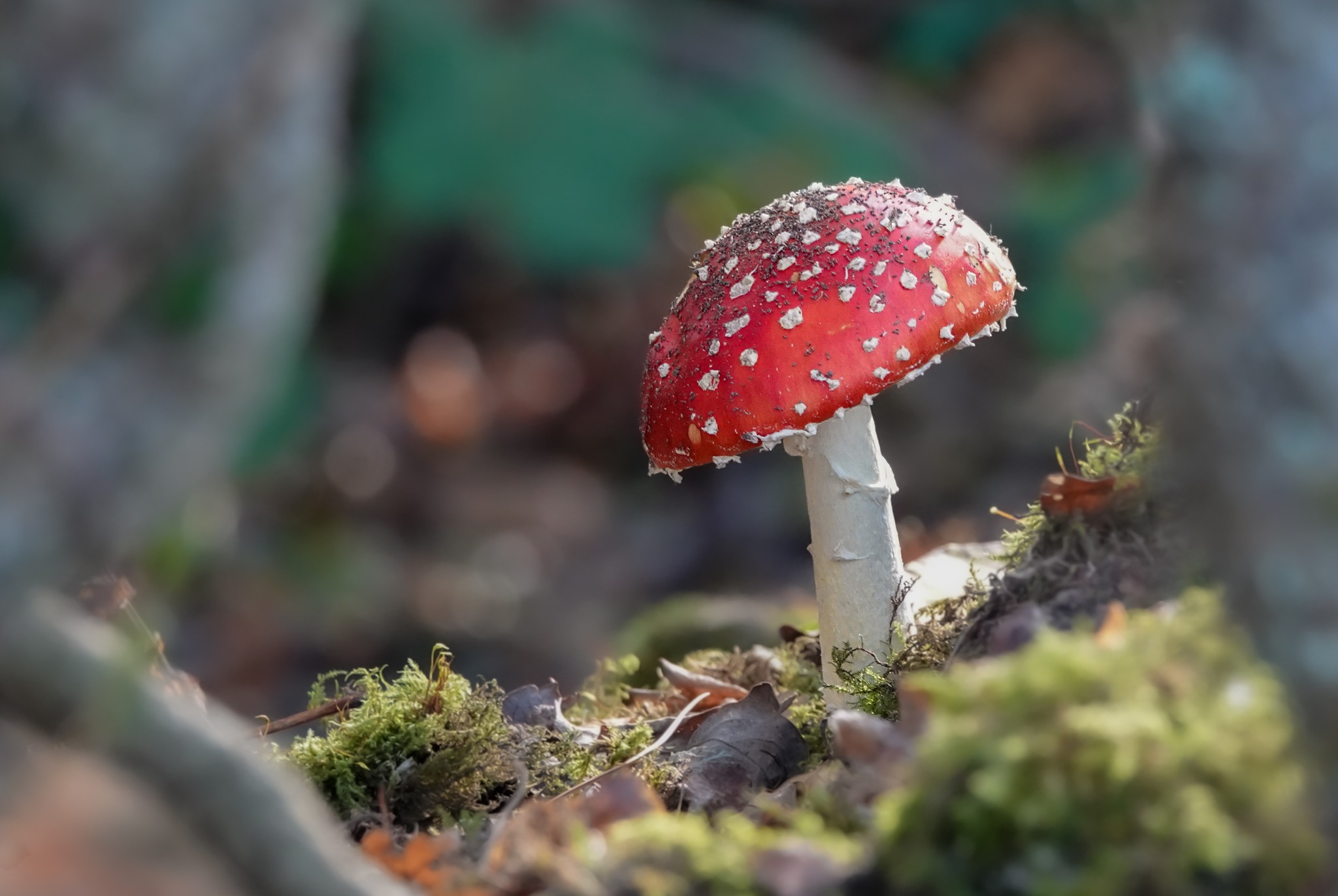Recent Wildlife Sightings 16th - 22nd March
Highlights: Mediterranean Gull, Merlin, Blackcap, Common Lizard
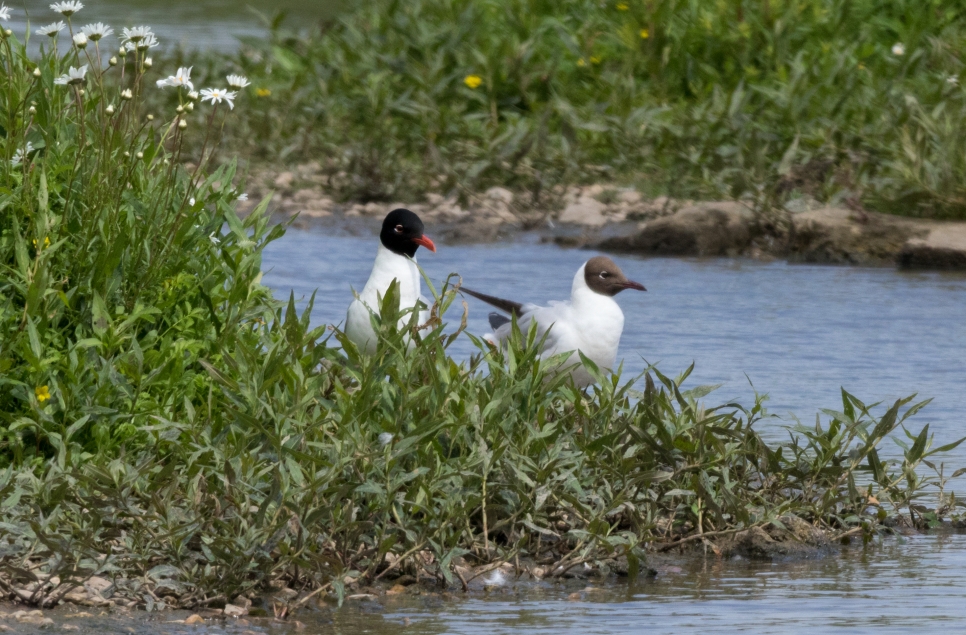
The long-awaited spring sunshine (with the odd cloud) brought some firsts for this year, from sun-bathing reptiles to rowdy gulls. Recently hatched chicks in our collection birds reassured us that it won’t be long before the reserve is teeming with new life.
Highlights: Mediterranean Gull, Merlin, Blackcap, Common Lizard
Some good sightings were had from British Steel Hide this week, with a pair of Avocet spotted last Friday and a Merlin seen this morning. As the smallest bird of prey in the UK, Merlin are quick and agile fliers, making them very skilled at catching the small birds that they feed on.
With a distinctive call that sounds oddly like someone with a blocked nose shouting ‘Yeah!’, a Mediterranean Gull was easily identified flying over Deep Water Lake on Tuesday. Upon landing on an island, it stood out from the perhaps misleadingly named Black-Headed Gull with its much blacker head and contrasting bright red bill and legs.
The first singing Blackcap of the year was spotted near the Northern end of Black Poplar Wood earlier this week. This male lived up to its name, sporting a dashing black cap on its head. A member of the warbler family of birds, its song is a melodic mix of Robin-like sounds. It won’t be long before the reserve is alive with the colourful sounds of various warblers singing. Nearby, a Lesser Redpoll was sighted feeding on the seeds of an Alder tree. Like the Blackcap, this bird is named after the colour of the top of its head, as ‘poll’ is another word for head.
Near Heron’s Wing Hide, the first Common Lizard of the year was spotted basking in the spring sunshine. After hibernating for the winter, this reptile was probably quite pleased to emerge from its slumber to a nice sunny afternoon. Also known as the Viviparous Lizard, Common Lizard are unusual among reptiles as they incubate their eggs inside their bodies and ‘give birth’ to live babies (hence the name Viviparous, which is the scientific term for this reproductive phenomenon).
The female Long-Tailed Duck was also seen again several times this week from Observatory Hide. It was encouraging to see it returning again this year, clearly enticed back by the range of crustaceans and fish that are on offer in Freshwater Lagoon.
